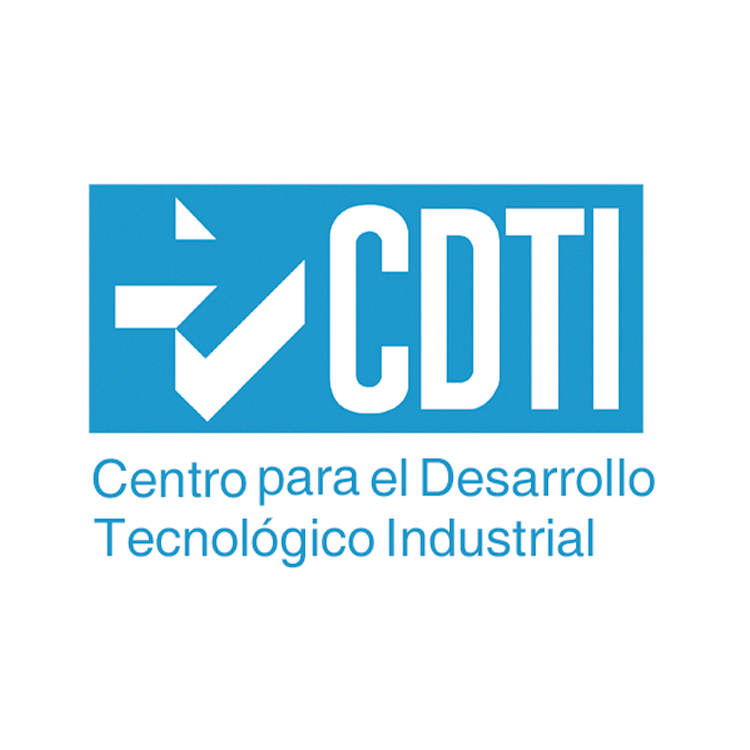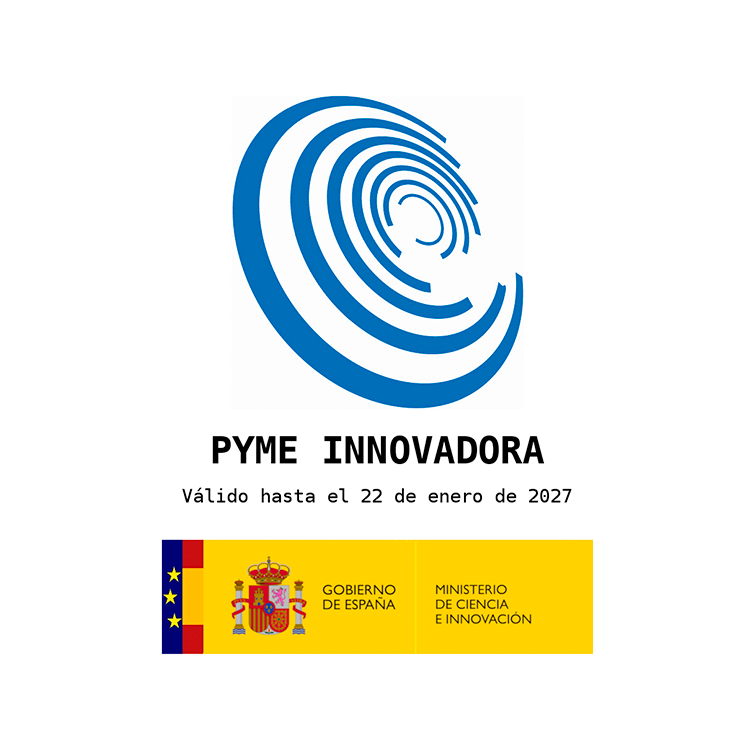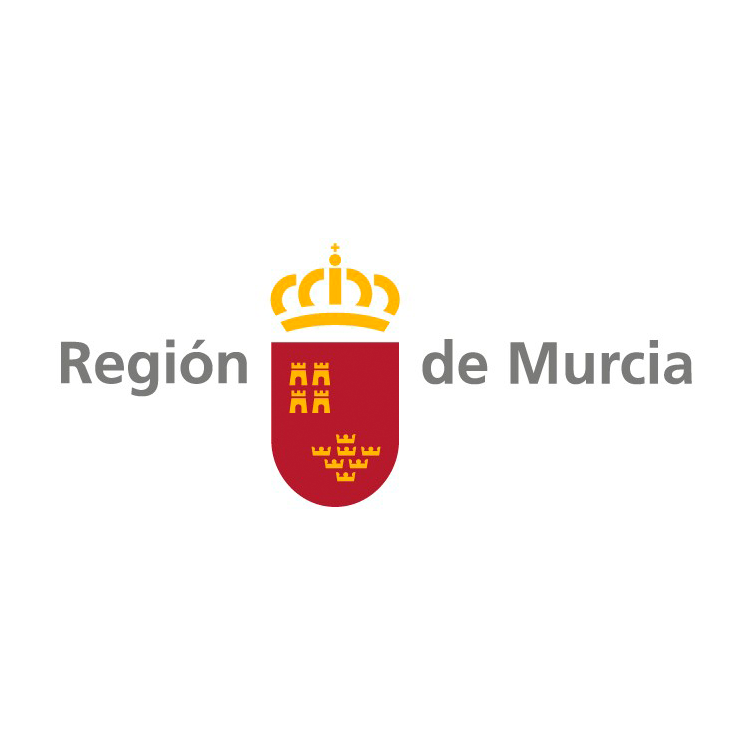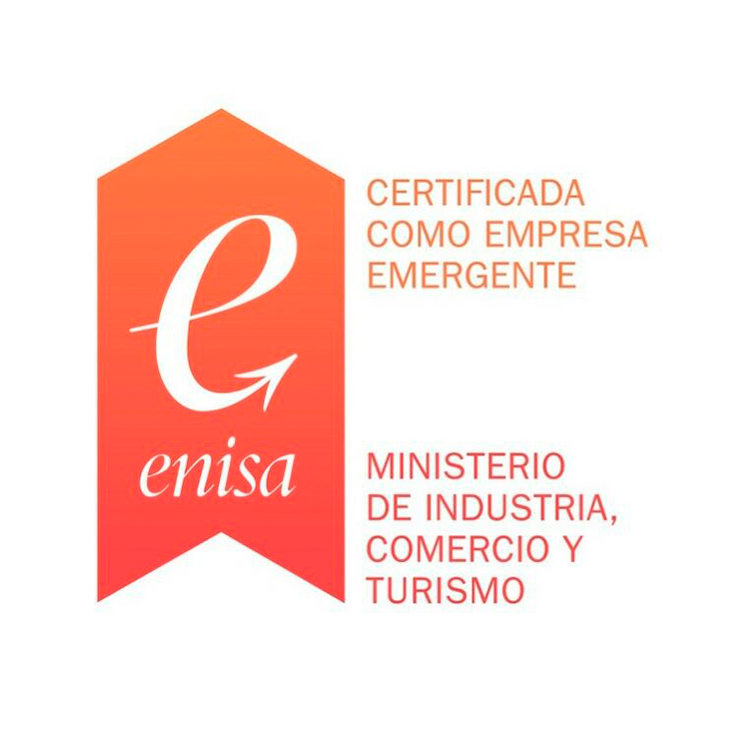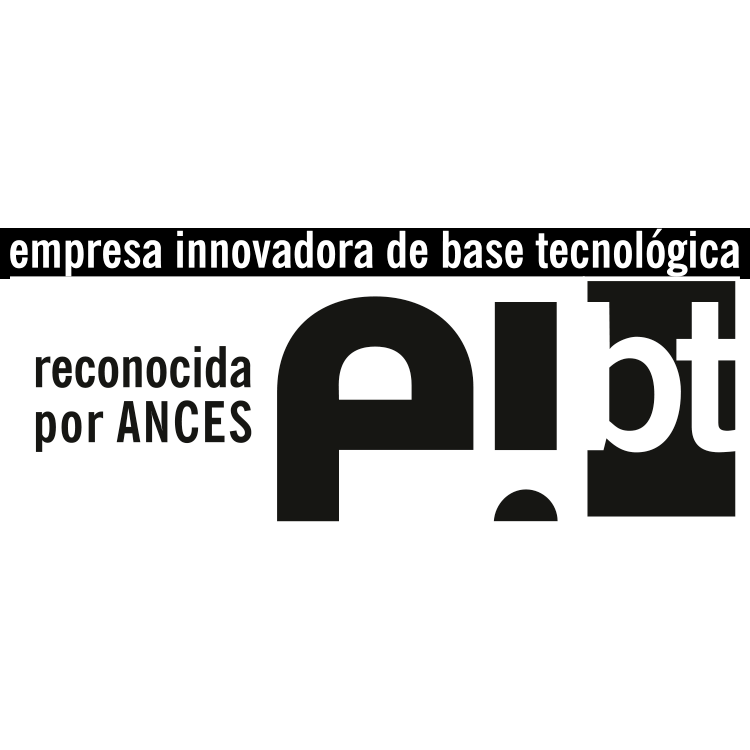Capital Efficiency is the lifeline that financially sustains innovation and propels growth in the intricate world of biotech startups. Any seasoned CEO has witnessed the transformative power of strategic synergies and prudent practices in steering DeepTech ventures towards impact and success.
Learning Curve and Network Effects
The journey to capital efficiency begins with a keen understanding of The Learning Curve.
It encapsulates the proficiency gained over time. This may translate into improved procedures, refined algorithms and accelerated development cycles, all of which are critical in a sector where time and accuracy are of the essence.
Network Effects amplify a biotech startup’s value proposition as its outreach and adoption spreads.
This phenomenon fosters a rich ecosystem of data and collaborations, creating a virtuous cycle that enhances the startup’s market defensibility. And attracts further investment. Strategic Partnerships, collaborations, consortia and joint developments can be a wellspring of expertise, investment, alternative placement channels or new markets. These alliances can accelerate market access, enhance product development, and provide operational efficiencies that are otherwise difficult to achieve independently. Importantly, they may lead to corporate operations that materialize value to shareholders.
Prudent Practices and Economies of Scale
Biotech startups must embrace Prudent Practices to navigate their unique challenges to tap into the Network Effects and The Learning Curve: Hire the best affordable Talent early on. Excellent teams harvest the benefits of the learning curve incredibly fast.
Rise Smart Money. Savvy entrepreneurs tap into government grants, crowdfunding, angel investors and small VC funds. These sources often come with mentorship or networking opportunities.
A robust IP Portfolio is the bedrock of a biotech startup’s market entry strategy. By professionally securing patents, trade secrets, trademarks, and copyrights, startups not only protect their innovations but also signal their value to potential investors and partners.
Later on, Economies of Scale become another cornerstone of capital efficiency: reducing production costs, negotiating bulk purchases or investing in specialized management, AIs and supply chain technologies. These measures lower per-unit costs, enhance the firm’s bargaining power and make feasible your optimal choice between strategic alternatives. But you may start now: study the markets and their segmentation, conduct a thorough reflection on business model scalability and clinical strategy.
Takeaway
In short: The art of achieving capital efficiency in biotech startups is a multifaceted endeavor that requires a harmonious blend of strategic planning, operational excellence, and financial acumen. By leveraging economies of scale, mastering the learning curve, capitalizing on network effects, and adopting prudent practices, biotech startups can navigate the complexities of the industry to financial sustainability and enduring market leadership.
Joaquín Gómez Moya
CEO at Viva


